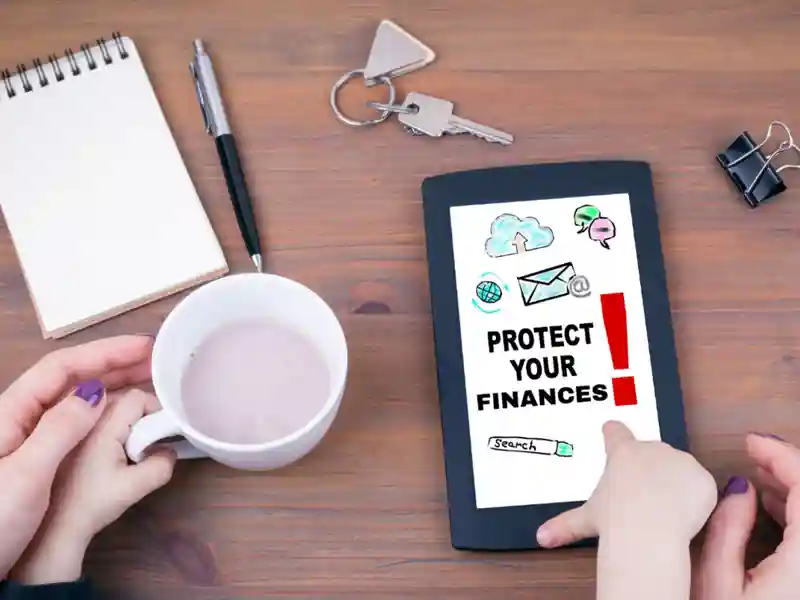
Saving enough to weather tough times (and ultimately retire) is difficult enough, but in today’s connected world, where assets are mostly held online, hard-earned savings are continually at risk from cybertheft.
In 2023, 3.5 million reports of fraud and identity theft were filed in the U.S. That includes more than 400,000 cases of credit card fraud, and another 287,000 incidents of bank, loan or lease fraud. Worldwide, cybercrime is projected to cost $10.5 trillion in damages by 2025. It’s a big — and very lucrative — business for bad actors.
Keeping your financial data secure is one of the most important things you can do. Aside from safeguarding passwords and PIN codes, there are plenty of ways to make it harder for would-be thieves.
Don’t Go Public
Corporate data breaches are sadly becoming commonplace. While there’s little you can do to prevent them, you can limit your data’s exposure to potential theft.
When you’re using one of your devices in public, connecting to an unsecured network is risky business. If you’re on your phone, stay on your carrier’s network, and if you’re using a tablet or laptop, consider tethering to your phone’s Wi-Fi instead of a public network. Anything you do on an unsecured network can potentially be intercepted by bad guys. Furthermore, under no circumstances should you log into financial accounts through a public network.
Also avoid USB charging ports in public places (airports, bus terminals, restaurants). It’s convenient, but there’s a chance someone modified the socket to pass malware or deploy monitoring software to unsuspecting users. Instead, carry a power bank with you and recharge from that.
If your phone, laptop or tablet is not locked with an access code, why not? The easiest way for someone to steal from you is to swipe your device, go to your browser history and link to a previously authorized account to connect without having to enter a password. Or, they just tap on the cash app you use to pay for pizza. In less than a minute, they can be in your bank account and transferring your money.
Twice Is Nice
Use two-factor authentication whenever available. Having to wait for a code and type it in can be a pain, yes, but it’s a lot less painful than identity theft or losing a wad of cash. This simple extra layer of security adds a significant hurdle for hackers, making it much harder for them to gain access to your accounts. Think of it as a digital lock on your front door — only you hold the key. By combining something you know (your password) with something you have (a code sent to your phone), two-factor authentication drastically reduces the risk of unauthorized access. In today’s world, where cyber threats are constantly evolving, this small inconvenience can provide peace of mind and help protect your sensitive information.
More Is Better
There are many risks to your financial security, and protecting your finances requires a multilayered approach. Because of that, we’ll have more tips in our next installment, where we’ll delve deeper into advanced protection techniques. In the meantime, stay safe out there!
Sources